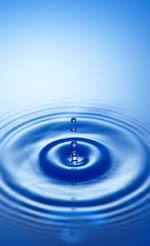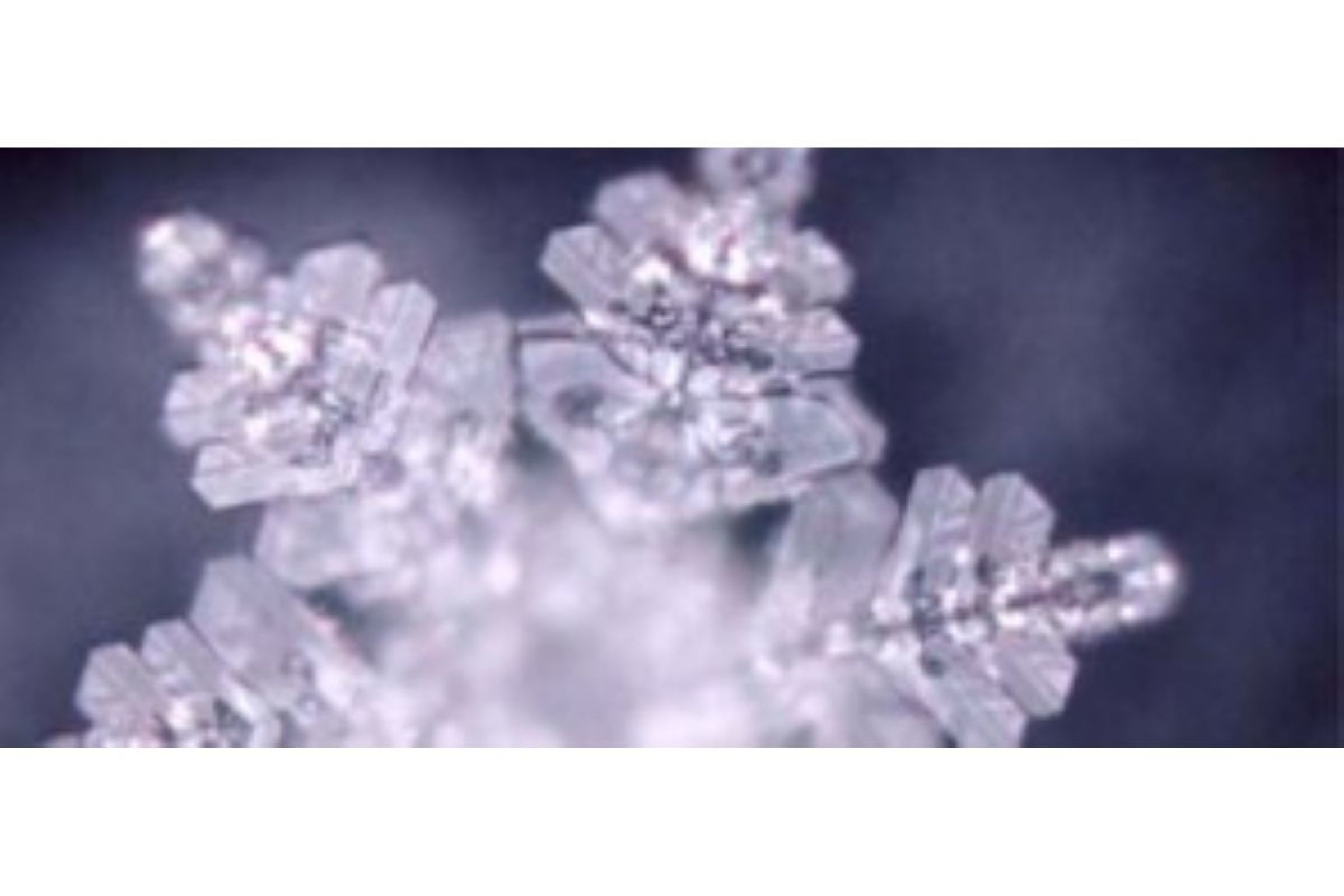The Memory of Water
The Science of Medicine
freely extracted from : Steven Novella
Volume 35.3, May/June 2011
http://www.csicop.org/si/show/the_memory_of_water/
Water Memory
Modern defenders have desperately tried to justify homeopathy with scientific-sounding explanations, but they have failed miserably. One such attempt is the notion that water is capable of having memory—that it can physically remember the chemical properties of substances that have been diluted in it.
The notion of water memory was first raised by French homeopath Jacques Benveniste in 1988. He was not studying the water structure itself, just trying to demonstrate that water can retain the memory of antibodies or other substances diluted in it. His research, however, has been completely discredited due to the many flaws in Benveniste’s methods, his lab’s cherry-picking of data, his improper statistics, and his recounting data points that did not fit their desired results (Scrimgeour 2007).
Materials scientist Rustum Roy, who was enamored with spiritual healing, built upon Benveniste’s discredited research, claiming that water molecules are like bricks—they can be used to build structures that contain greater complexity and information than the bricks themselves. Specifically, water molecules can encode in their structure the chemical properties of what was diluted in them.
However, the evidence does not support this claim. What has been demonstrated is that water molecules form transient bonds with other water molecules, creating a larger ultrastructure—but these water structures are extremely short-lived. They are not permanent. In fact, research shows that water molecules very efficiently distribute energy from these bonds, making them extremely ephemeral. One such research paper concludes: “Our results highlight the efficiency of energy redistribution within the hydrogen-bonded network, and that liquid water essentially loses the memory of persistent correlations in its structure within 50 fs” (Cowan 2005). That’s fifty femtoseconds, or fifty quadrillionths (10-15) of a second. Contrary to Roy’s claims, water does not hold memory. In fact it is characterized by being extremely efficient at not holding memory. Scientists can argue about whether or not water can display ultrastructure lingering for longer than femtoseconds under certain conditions—but they are arguing over incredibly small fractions of a second.
So we are still left with no plausibility and no evidence that water can form ultrastructures for a biologically meaningful amount of time. It is amazing that Roy, Montagnier, and others so enthusiastically extrapolated from the claim that water can hold structures slightly longer than previously believed (itself probably bogus) to the notion that this can explain the biological effectiveness of homeopathy. Let’s take a close look at the nontrivial steps they glossed over.
If this kind of water “memory” is an explanation for homeopathy, then these structures would have to survive not only in a sample of water but through the physical mixing of that water with other water. In fact, they would have to transfer their structure, like a template, to surrounding water molecules. This would need to be reliably repeatable over many dilutions. Then these structures would have to survive transfer to a sugar pill (often homeopathic remedies are prepared by a drop of the water being placed onto a sugar pill).
These water structures would then have to be transferred to the sugar molecules because before long the water will evaporate. This pill will then sit on a shelf for days, months, or years before it is finally consumed by a gullible patient. The sugar pill will be broken down in the homeopathy proponent’s stomach, and the sugar molecules will then be digested, absorbed into the blood stream, and distributed through the blood to the tissues of the body.
Presumably, whatever molecules are retaining this alleged ultrastructure are sticking together throughout all of these processes and finding their way to the target organ in which they are able to have their chemical/biological effect.
Absurd does not even begin to cover the leaps of logic that are being committed here. In short, invoking water memory as an explanation for homeopathic effects just adds more layers of magical thinking to the notion of homeopathy; it wouldn’t offer a plausible explanation even if the theory of water memory was true, which it isn’t.
Some chemical bonds are strong enough to survive this process intact and make it through the body to the target tissue where they can bind to receptors or undergo their chemical reactions. Even most chemicals, however, cannot make it through this biological gauntlet with their chemical activity intact—which is why the bioavailability of many potential drugs is too low for them to be useful as oral agents. The chemicals are simply broken down by the digestive process. In other words, the ephemeral bonds of this alleged water memory—if this fiction of water memory even existed—would have a bioavailability of zero.

